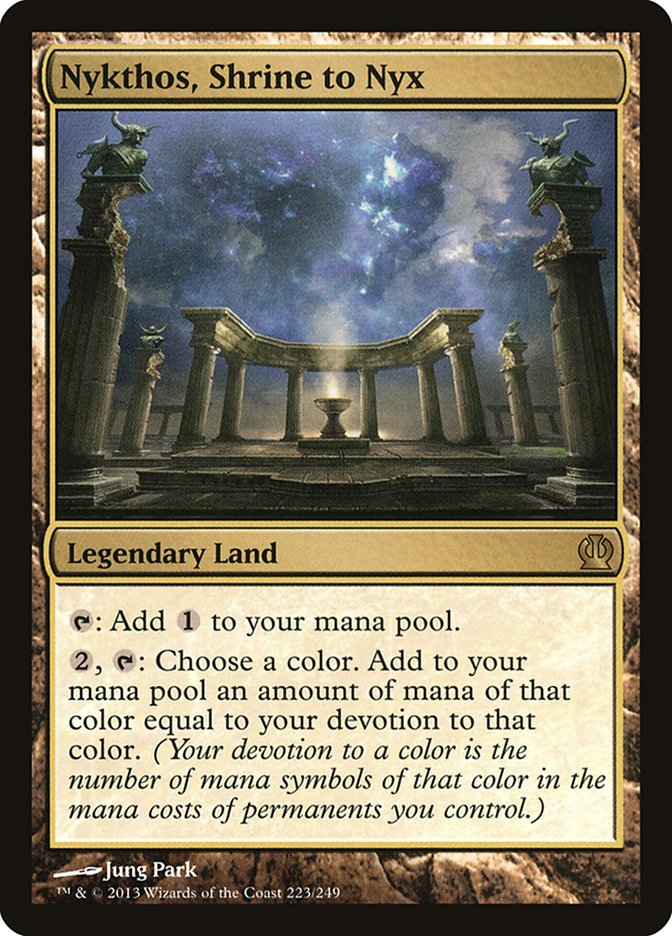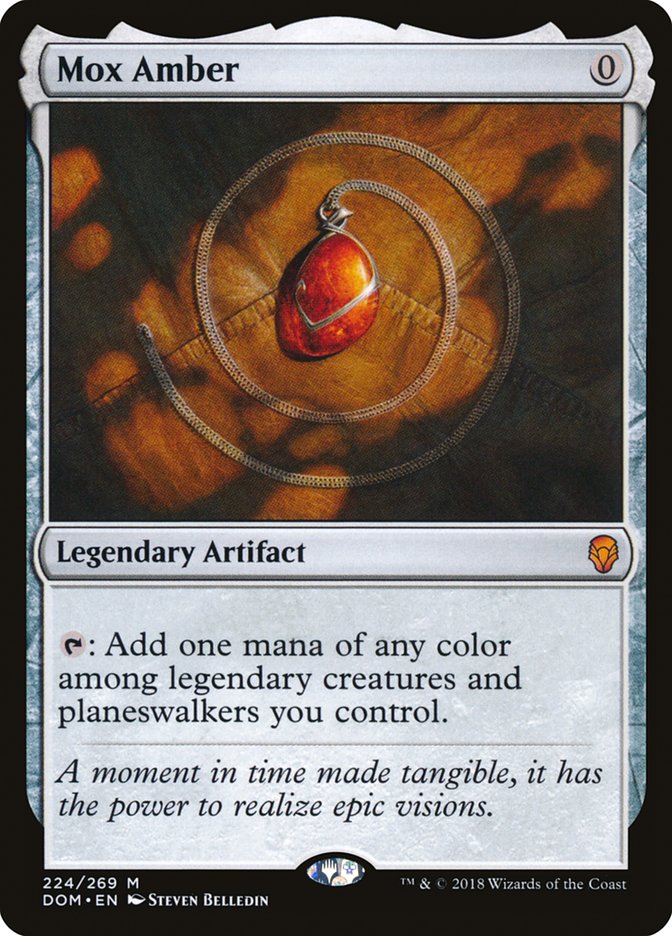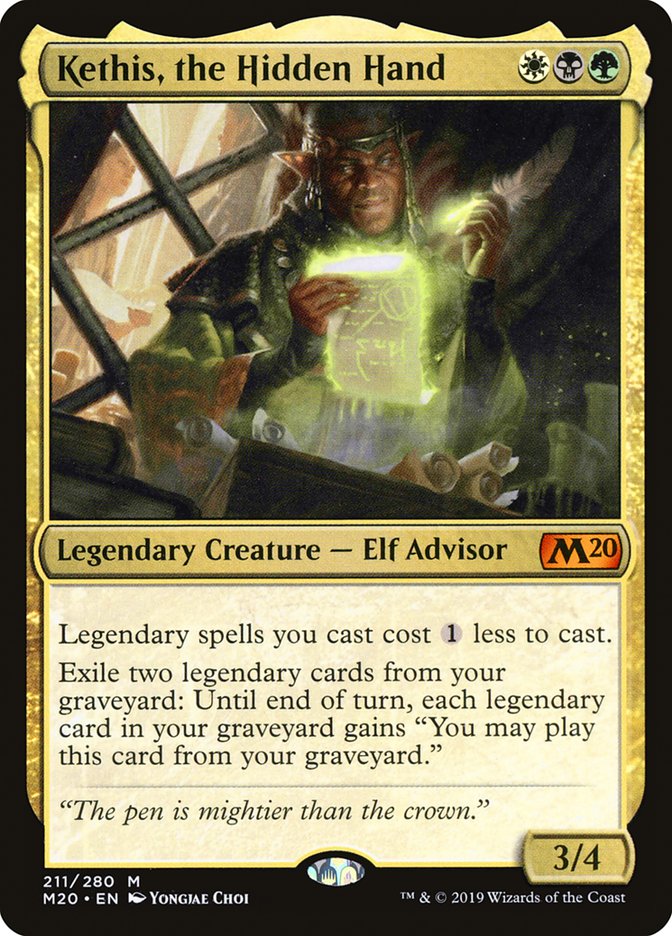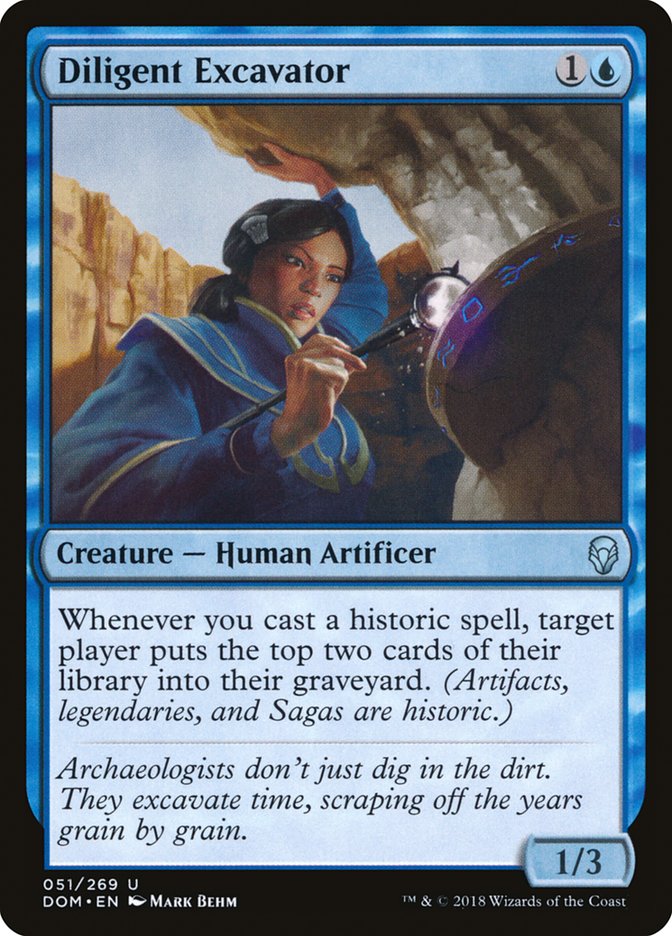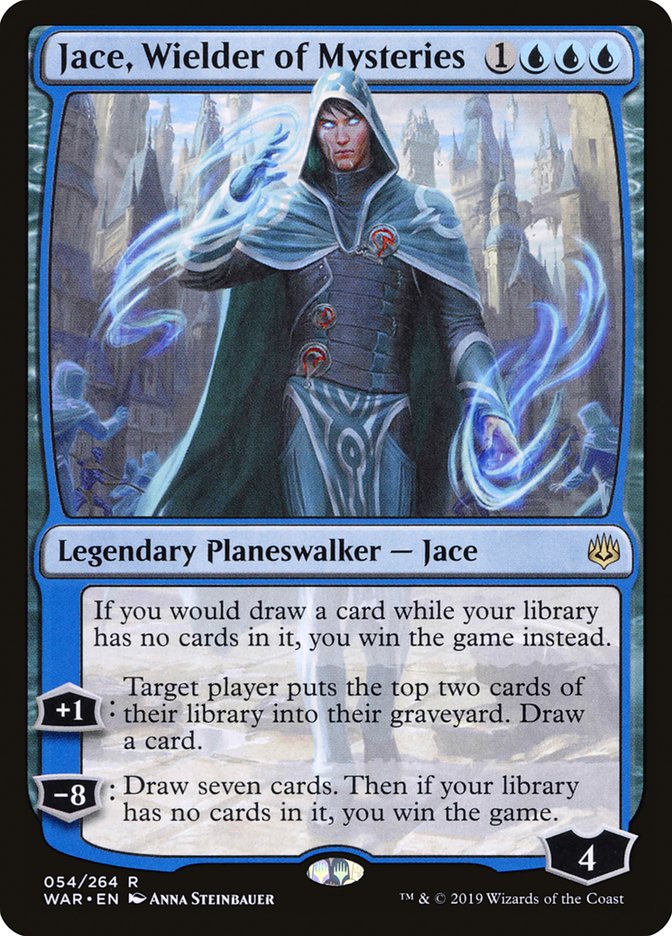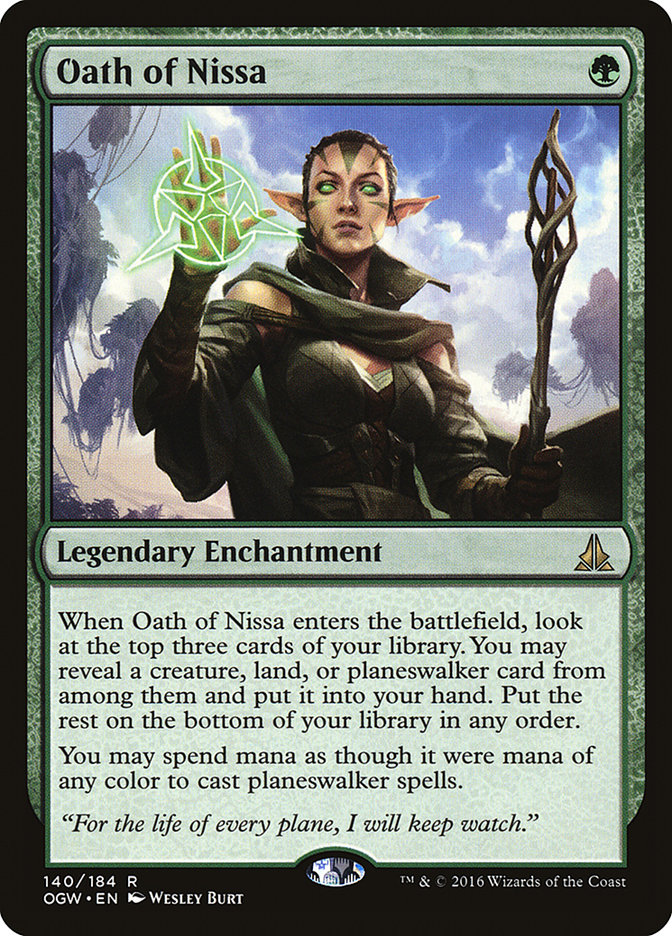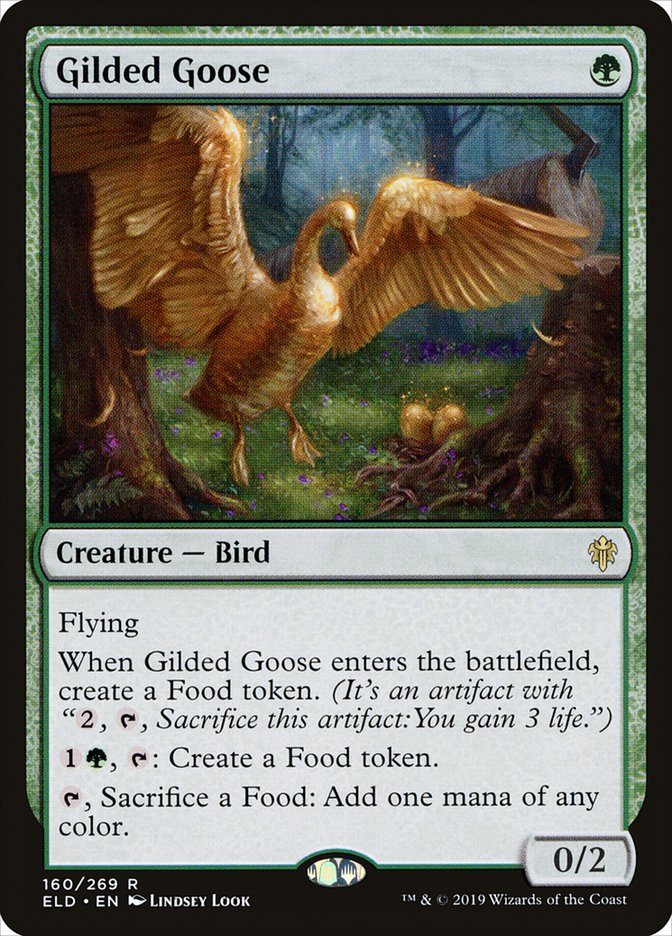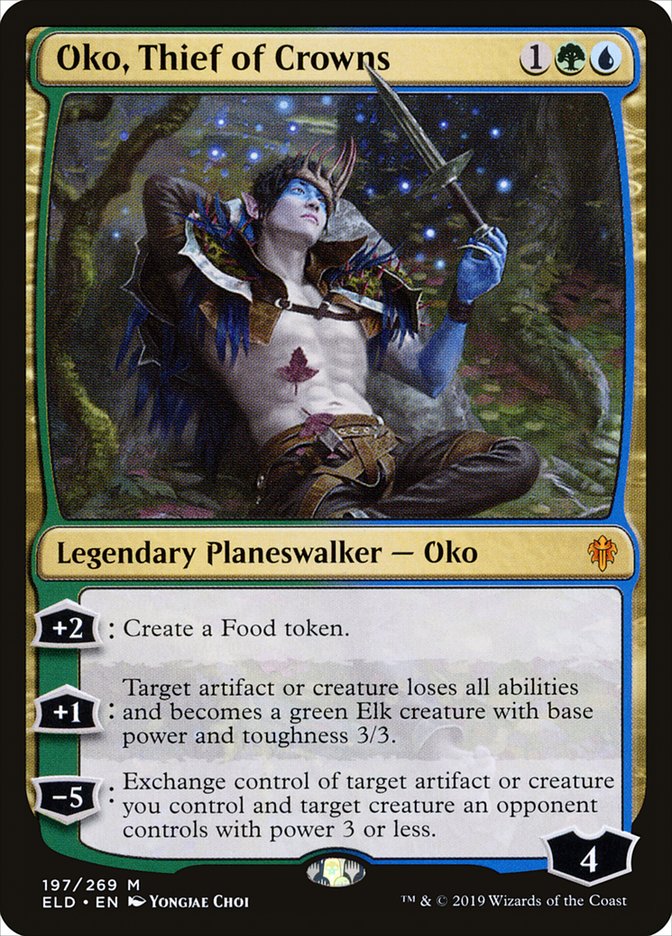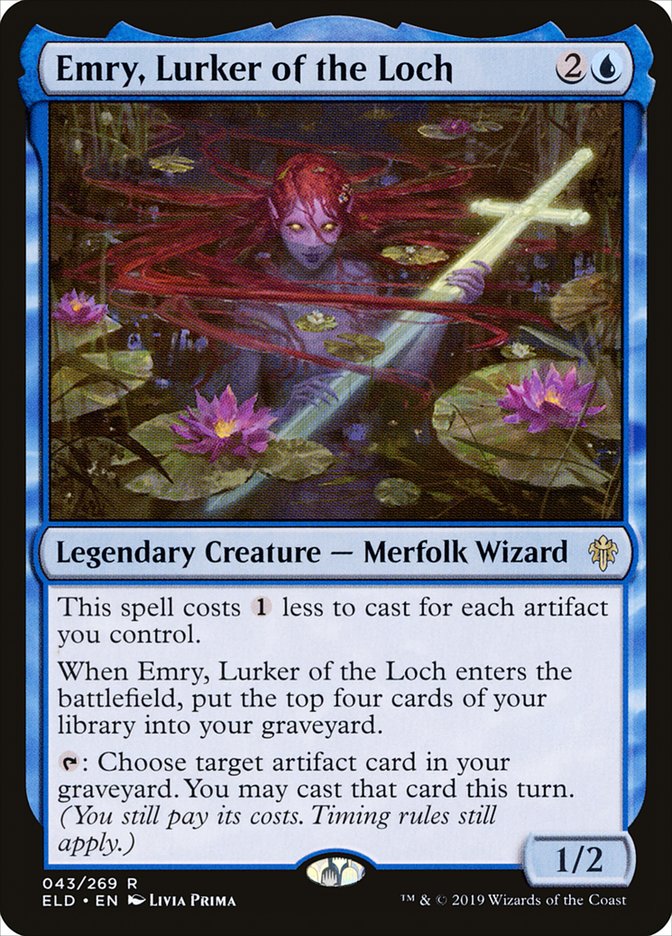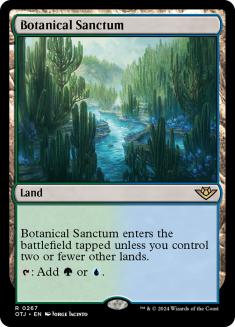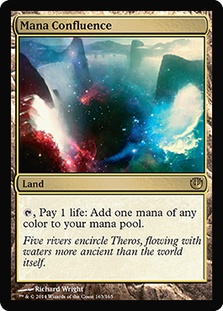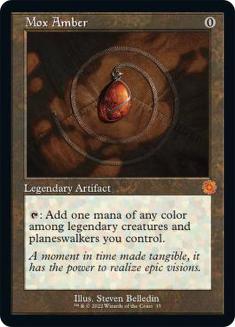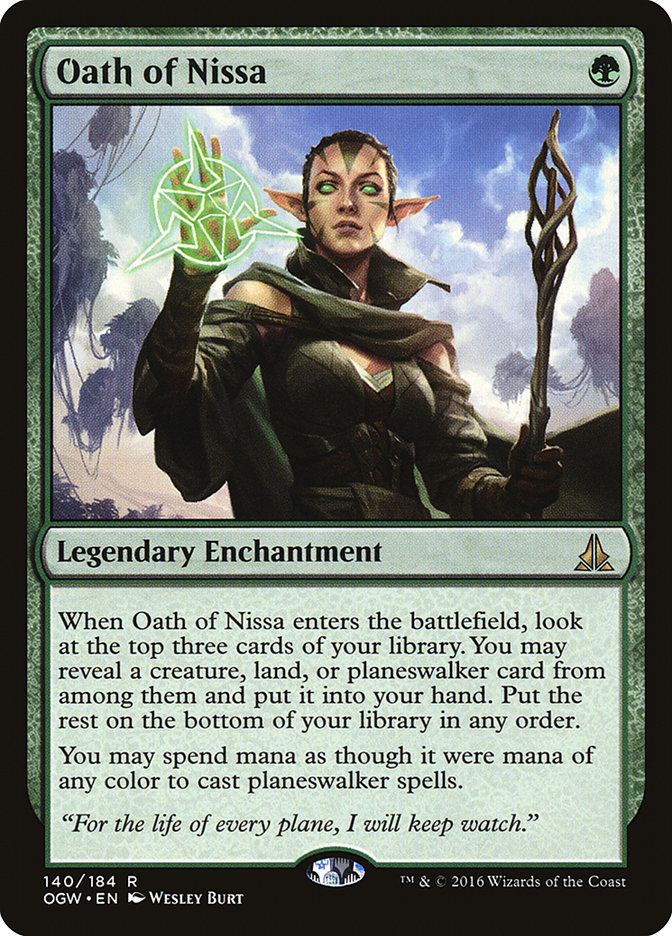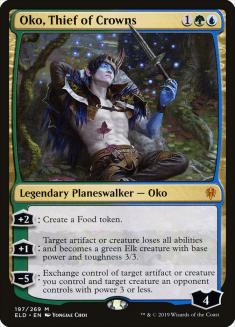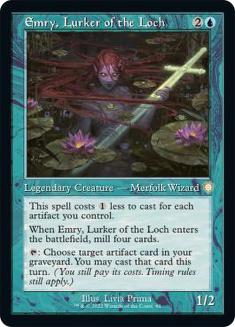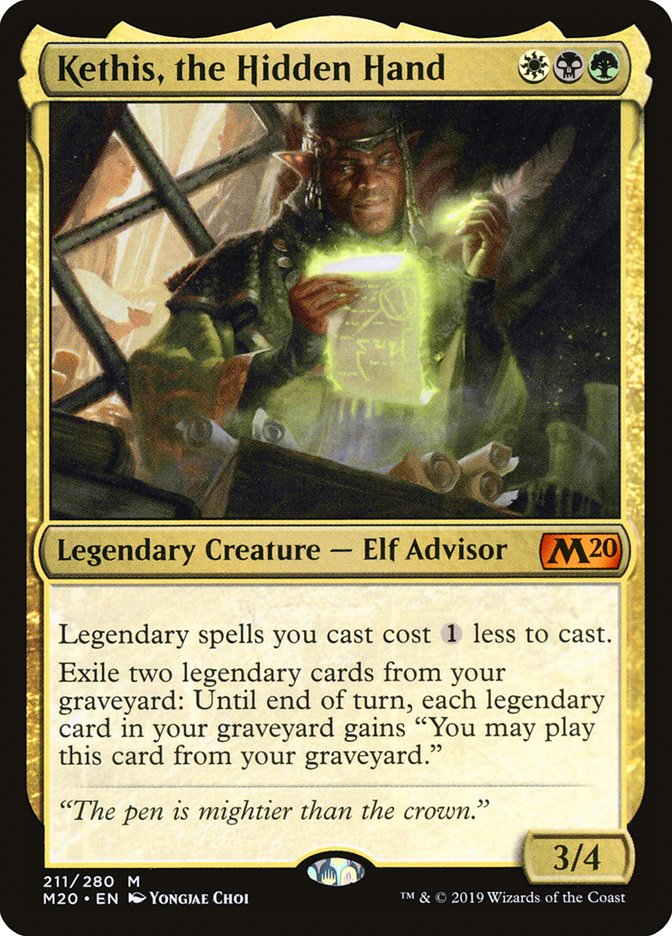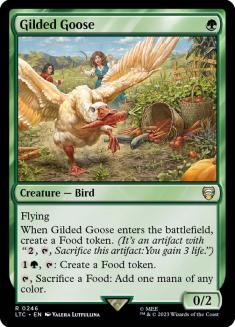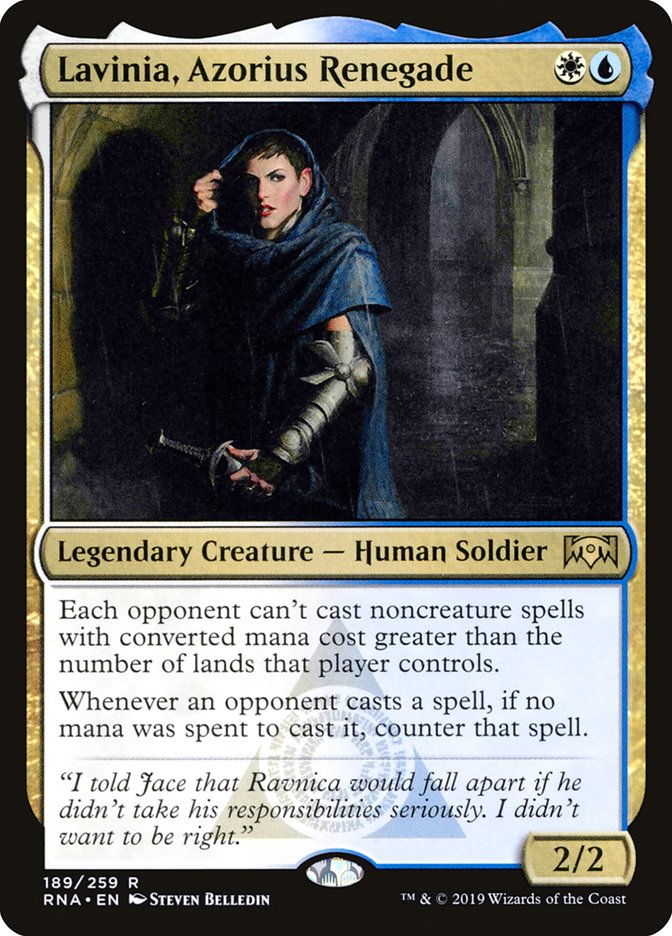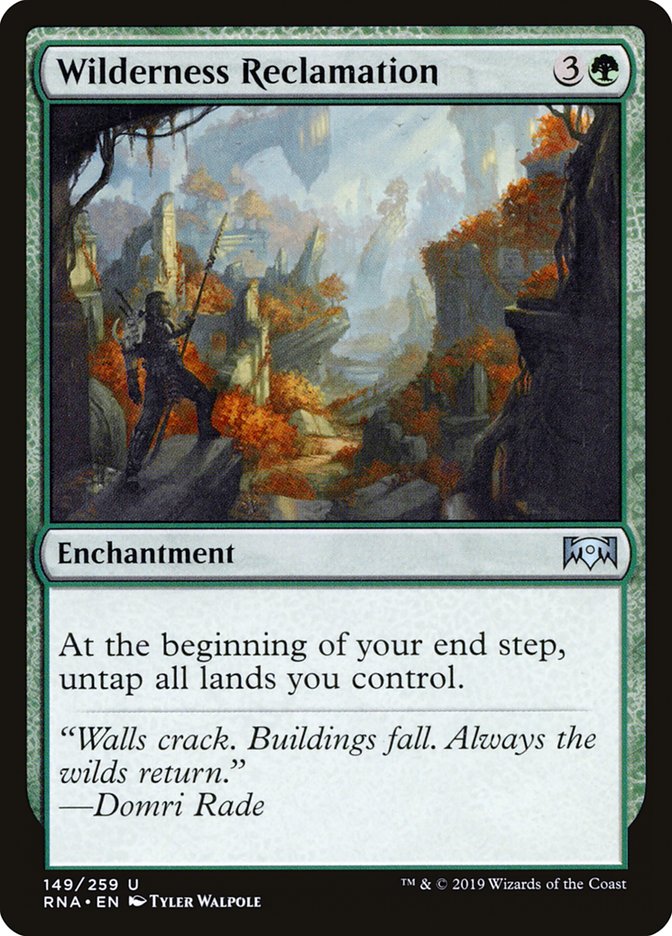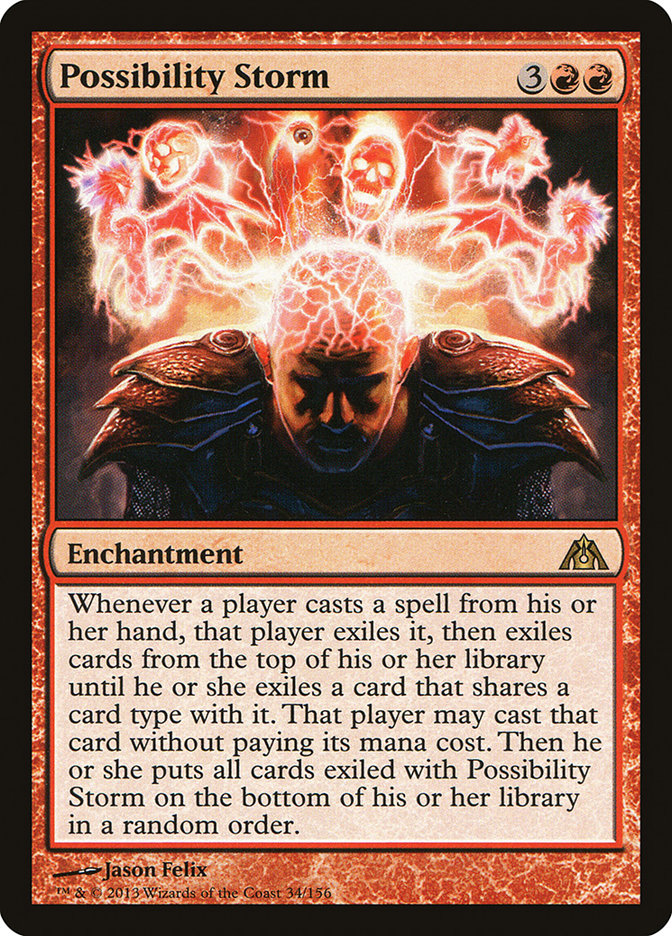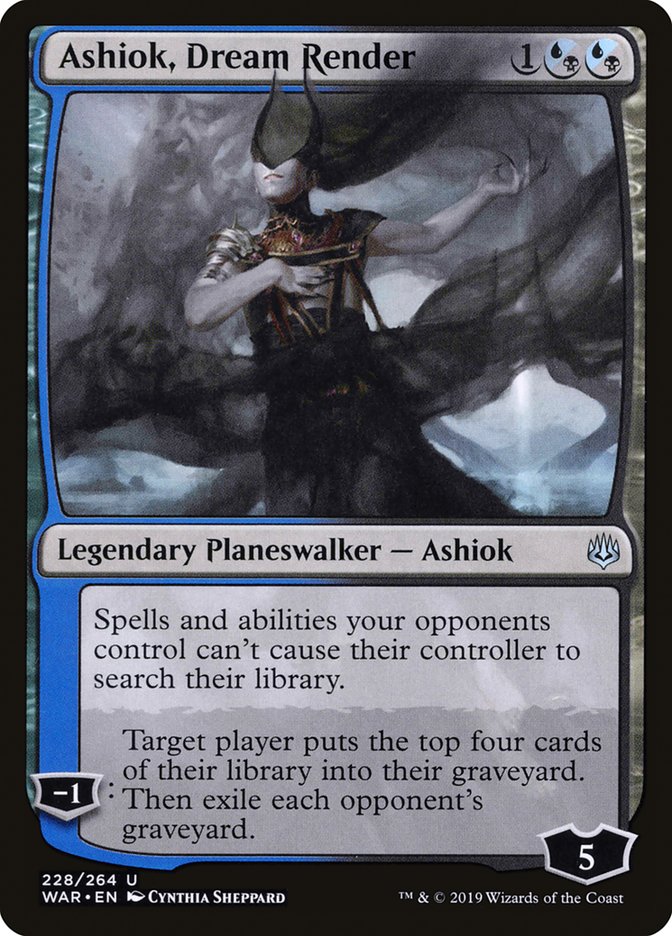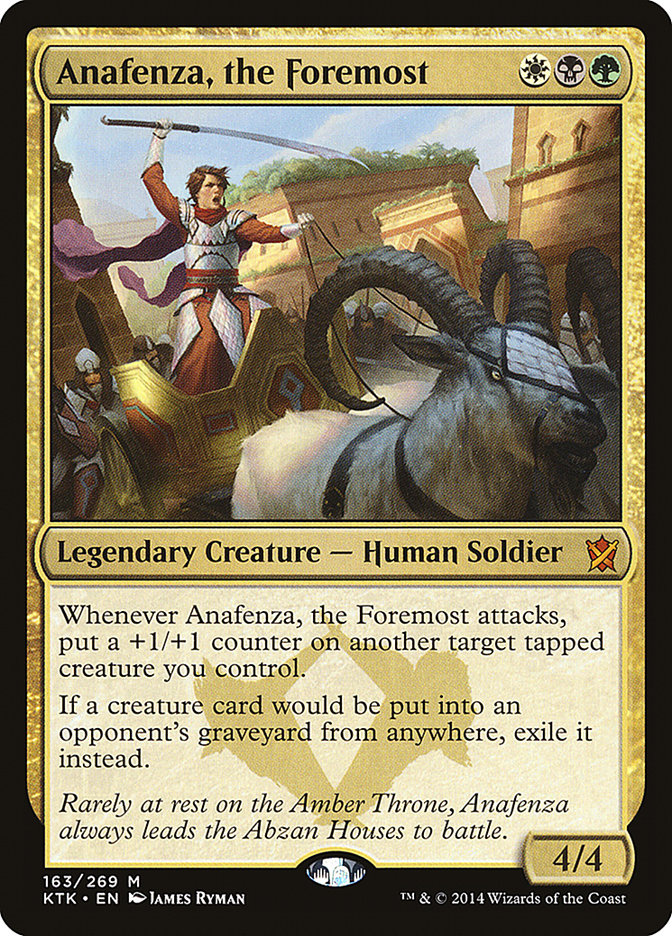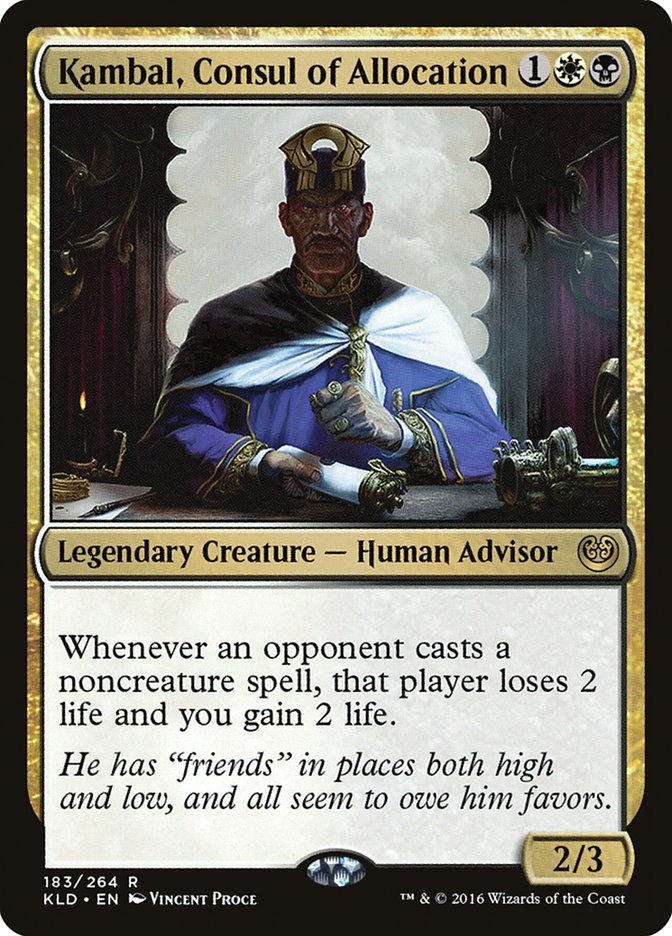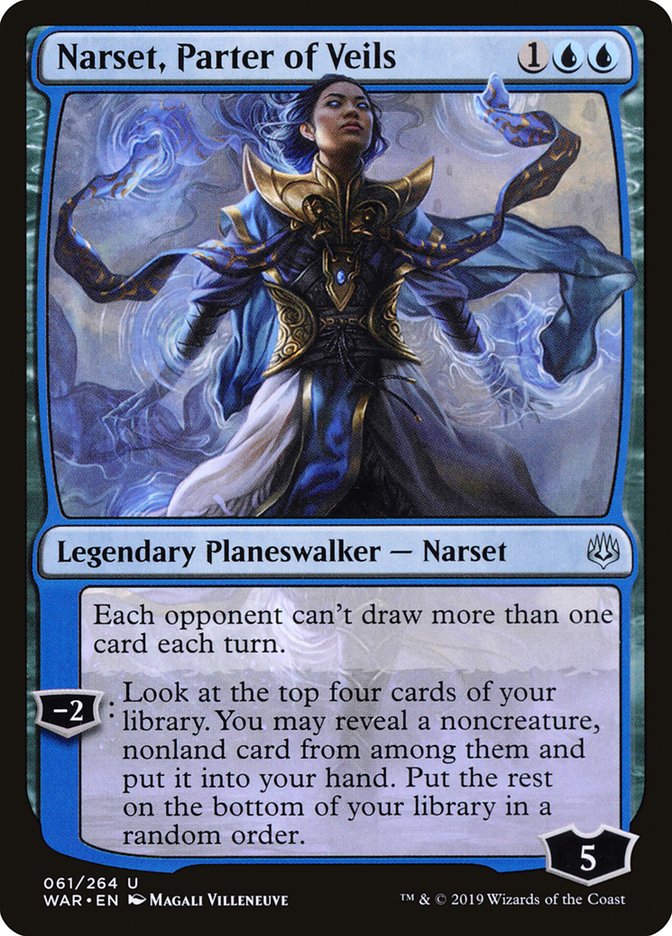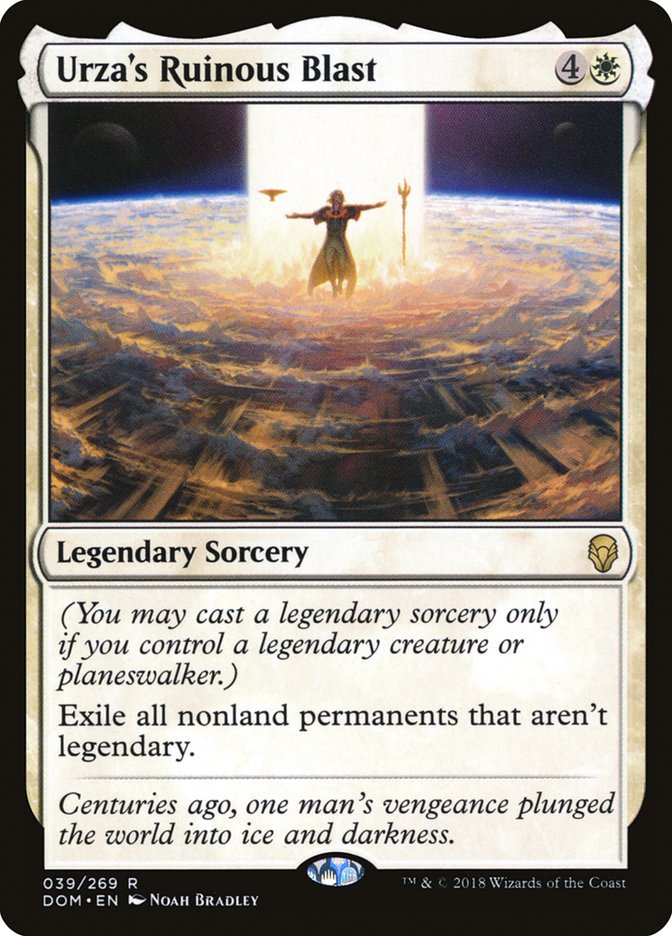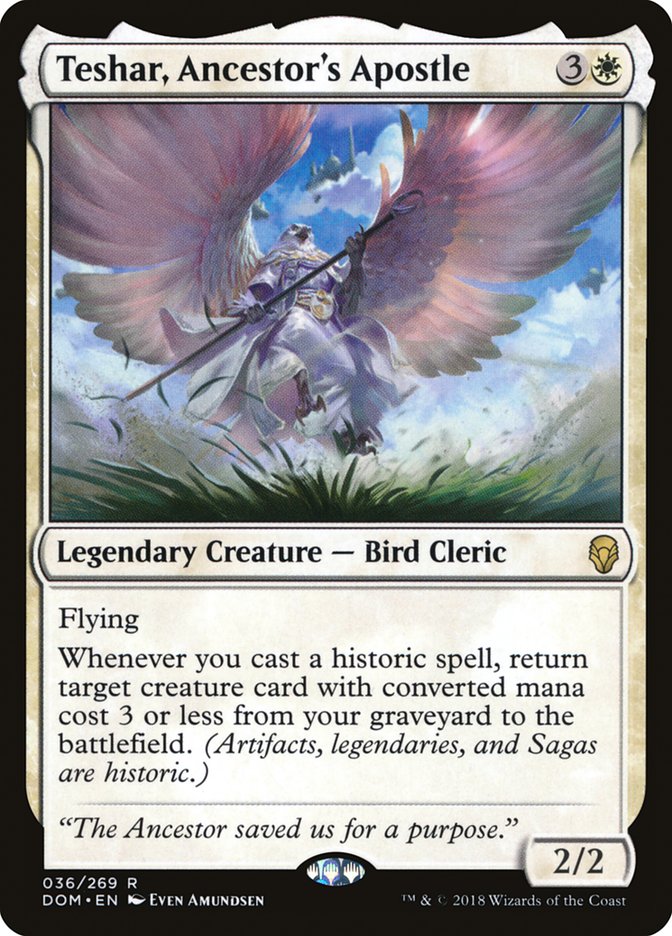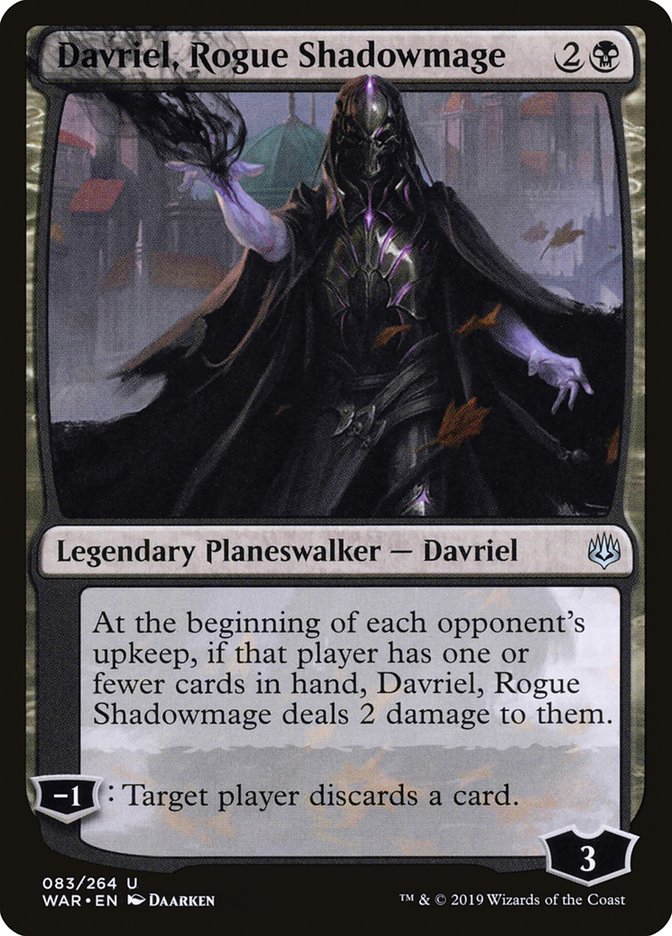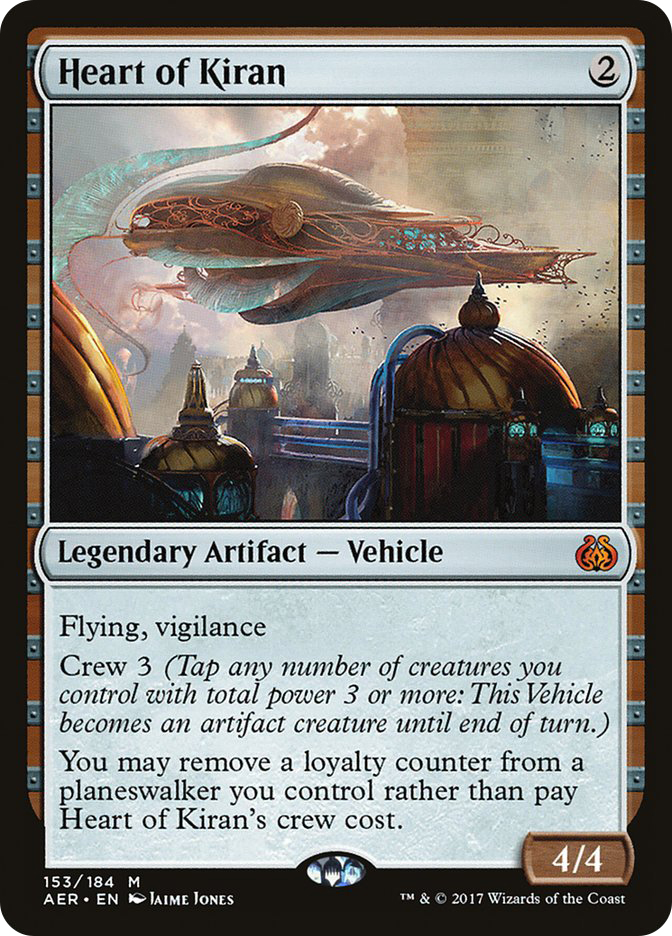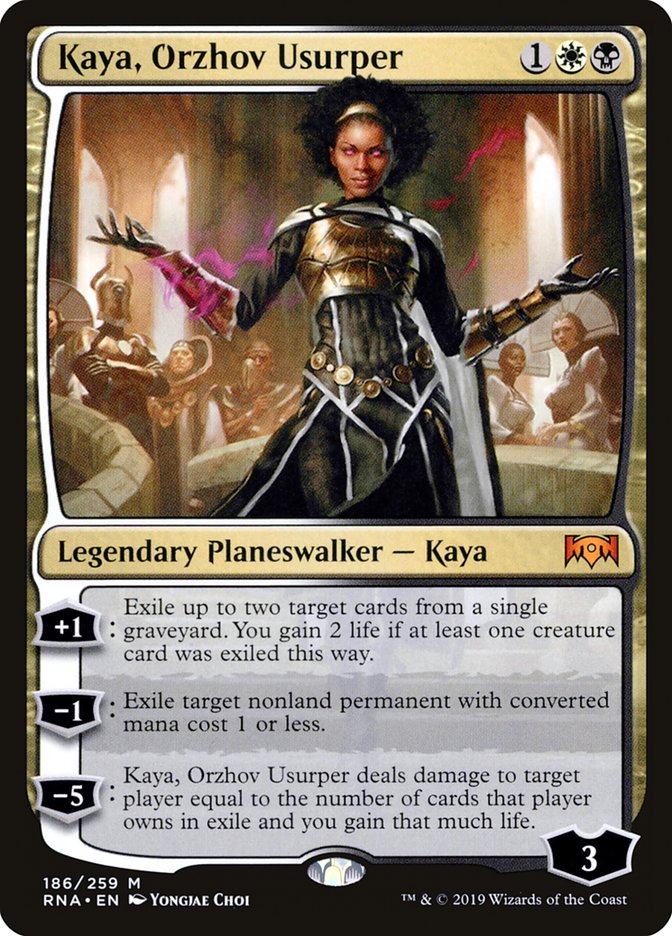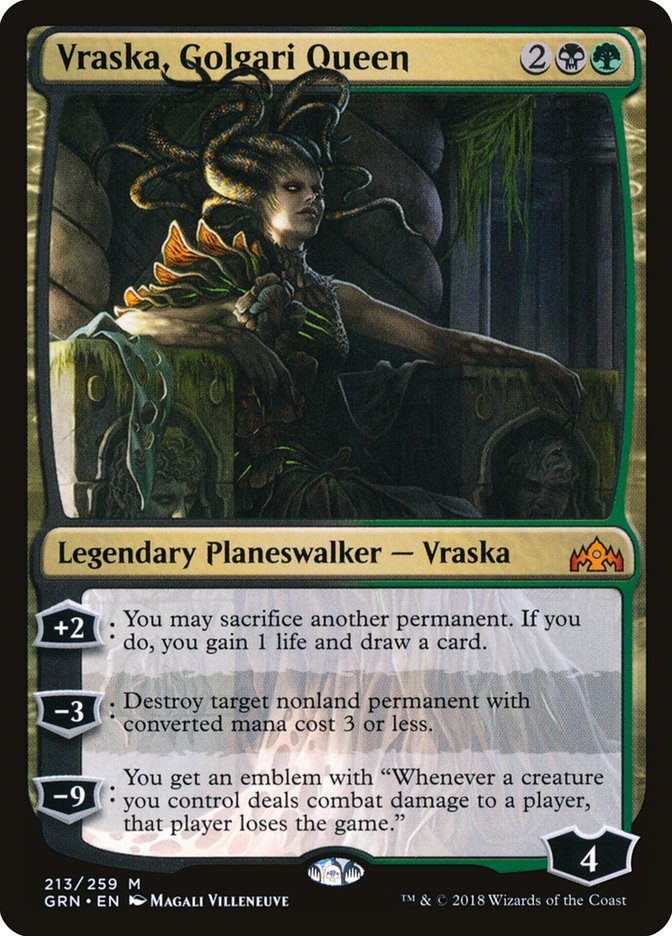Pioneer is everywhere. In the last few weeks, it’s been tough to really nail down what’s truly the best thing in the format.
After a couple of weeks of bannings, early signs indicate that Mono-Green Devotion is likely the most powerful thing to be doing, with a startling number of high finishes this past week and our own Todd Anderson going on a twelve-match win streak in the inaugural Pioneer PTQ the week before.
As a result, Mono-Green Devotion has been getting most of the attention for the best flavor of combo to bring to the table. This mentality cemented itself when Felidar Guardian bit the dust on last week’s Pioneer Banned & Restricted announcement. Being this one-track-minded isn’t the way to continue adapting in a fresh format.
If you don’t think something in your Pioneer deck needs to be banned, you’re not trying hard enough. The victory condition at this point in the format is getting a card banned. If you don’t think your deck will do that’s build a new deck.
— Sam Black (@SamuelHBlack) October 22, 2019
A few weeks ago, Sam Black said something to the effect of, “If you aren’t trying to get a card banned, you aren’t trying hard enough.” Nykthos is passing that test, but is it the only way?
Mox Opal has been recognized as one of the most powerful things to be doing in Modern since the format’s inception. Fast mana is simply a tool that allows you to utilize your spells ahead of the phases of the game that they were designed to be used. Low-cost or instantaneous mana acceleration, in particular, toes a fine line between being broken and simply being very, very powerful.
Enter Mox Amber.
Evan Whitehouse made it to the semifinals of the same PTQ that Todd Anderson made the finals of with a Kethis Combo deck, reminiscent of the Core Set 2020 Standard version of the deck:
Creatures (19)
- 4 Hope of Ghirapur
- 4 Diligent Excavator
- 3 Lazav, the Multifarious
- 4 Kethis, the Hidden Hand
- 4 Emry, Lurker of the Loch
Planeswalkers (7)
Lands (20)
Spells (14)

The deck only lost to Todd in its original tournament, and has some impressive stuff going on. The base level combo works like this:
Kethis allows his controller to play legendary cards from their graveyard.
A couple of Diligent Excavators on the battlefield make it easy to continuously recast copies of Mox Amber from the graveyard while milling their controller in order to put more legendary cards in the graveyard for Kethis.
Once the graveyard is stocked, a few Mox Ambers should be enough to cast Jace, Wielder of Mysteries via Mox Ambers and Kethis, and voila! Jace wins the game.
The problem with Evan’s list?
Oath of Nissa isn’t legal in Pioneer anymore. On top of that, Terrarion is more than likely a concession to Emry, Lurker of the Loch, rather than anything a Kethis pilot will be excited to have in their deck.
If only there were a green one-drop that also played well with Emry and the cards in this deck…
Enter Standard menace Gilded Goose. Gilded Goose actually serves a handful of roles in this deck, including cranking out the three-mana cards ahead of time.
The biggest reason that this is relevant is that these are the most powerful cards in the deck, specifically on non-combo turns.
Many of the best combo decks in Magic’s history have been able to function as a fair deck and then implement a backdoor combo into a win out of nowhere. Splinter Twin was an Izzet tempo deck that could gank a player for 1,000 damage out of nowhere; Birthing Pod decks were value creature decks that happened to also play a combo that they could fall into. The pattern is similar in something like this:
Creatures (23)
- 4 Hope of Ghirapur
- 3 Diligent Excavator
- 4 Lazav, the Multifarious
- 4 Kethis, the Hidden Hand
- 4 Gilded Goose
- 4 Emry, Lurker of the Loch
Planeswalkers (8)
Lands (21)
Spells (8)

On its surface, this deck is only ten or so cards away from what Evan was originally playing. The reality is that the difference of adding an additional mana accelerant to the deck, specifically one in the vein of Gilded Goose, gives the deck a more resilient fair gameplan. The reason for this lies in the play patterns created by the non-combo cards in the deck:
All these cards are infinitely better when they’re deployed onto an empty battlefield or while ahead. Including an additional layer of mana acceleration to the deck allows the deck to actually reduce the number of games that it’s playing from behind.
Think of the difference between these two hands.
Hand 1:
Hand 2:
In a case like this, it’s easier to see that, despite both having good draws, the fair gameplan of the deck is going to come online sooner. With something as powerful as Oko, Thief of Crowns in the deck, this will translate to more immediate value coming from planeswalkers.
The strength of incorporating specifically Gilded Goose is that it gives the deck a more robust fair gameplan, which makes it more difficult to interact with what the deck is ultimately trying to do: simply resolve creatures and planeswalkers.
The Sideboard
One of the more underexplored things in the format at this point is sideboard tools for a combo deck like this one.
Most of the slots are fairly straightforward, but having combo pieces that can double as hate cards is the sweet spot for a deck that’s trying to walk the line between “fair” and “broken.”
Lavinia, Azorius Renegade has a couple of applications against Nykthos, specifically turning off the opponent’s planeswalkers earlier in the game, but is mostly buying time.
Similarly, Lavinia does to Simic Nexus decks what Blood Moon does to Modern Mono-Green Tron: it gives a proactive deck time to win. Something like, say, a combo deck.
Speaking of, Lavinia happens to cover several bases against other combo decks in the format, including the mirror.
Until there’s a prevalent graveyard deck, or a deck that regularly searches its library, Ashiok, Dream Render is probably going to mostly exist on the sidelines. The biggest bonus to playing Ashiok is that its -1 can target its controller while still exiling the opponent’s graveyard. Leaning into being an engine piece and a hate card is exactly what this style of deck is interested in getting out of its combo pieces.
In the vein of legendary permanents that can hate graveyards, Anafenza doesn’t play as well to the Kethis combo’s traditional strengths but can be an option to help the deck pivot in sideboard games.
This information is relevant in the case that players begin using more dedicated graveyard hate in the vein of Leyline of the Void. Ashiok stops being an engine card in the face of opposing graveyard hate and having cards that contribute to winning a fairer game of Magic is a key strength of resilient combo decks.
Nexus hurting fair gameplans? Look to Kambal, Consul of Allocation. It doesn’t function as well at turning off Wilderness Reclamation as something like Teferi, Time Raveler, but it creates an additional layer that the opponent will have to peel away in order to win the game, while also applying real pressure on the opponent’s life total.
What’s really worth noting about Kambal, Anafenza, and Lavinia is that they’re all hate cards that can be found off Once Upon a Time. Between this and the London Mulligan, the odds of finding these cards in the matchups where they’re relevant goes through the roof.
This deck barely plays enough noncreature, nonland cards to justify including Narset, Parter of Veils, especially with Gilded Goose over Oath of Nissa. This card acts as a three-mana Leovold, Emissary of Trest emblem against decks like Arclight Phoenix.
Plague Wind plus one-sided Serenity? Yes please.
One of the tangible pieces of value that this card provides over the likes of Supreme Verdict and Kaya’s Wrath is that it’s easy to cast for a four-color manabase. Staying alive for an extra turn against some aggressive strategies isn’t a given, but having castable strategies is great. Kethis even has the luxury of helping crank it out a turn ahead of schedule (even from the graveyard)!
Teshar gives the deck an extra layer of redundancy against decks that are trying to interact. Transforming the likes of Mox Amber into an additional creature is a way to fight through any deck working to simply pick apart resources.
With the banning of Veil of Summer, it would feel off to not mention cards that play well against the counterspells of the world. This deck mostly lines up well against what those decks are doing, with Teferi and Kethis being must-counters and Kethis making Lazav a must-answer in its own right. That doesn’t even get into Hope of Ghirapur plus Emry loops.
That being said, Davriel, Rogue Shadowmage is an excellent way to make a spell-based deck play to the battlefield when it may not be equipped to fight on that axis.
Looking at lines that involve pivoting into alternate gameplans, Heart of Kiran plays well with decks sporting piles of planeswalkers and Emry. Any plan that involves going grindier and moving away from the creature plan could look to Heart of Kiran as a way to close games.
It’s no Mutavault, but Kaya, Orzhov Usurper is on my list of “most underplayed cards in Pioneer.” Pioneer in general is in a spot of working on becoming more and more efficient at the things that it does. This opens up a unique place for something like Kaya, a three-drop, to still be playable while also picking on decks that are becoming hyper-efficient.
Mono-Green Devotion and Kethis Combo are both examples of decks that will have a tough time against an early copy of Kaya, and that doesn’t even get into the aggressive strategies that have begun popping up in the format.
Are small noncreature permanents a problem for this deck? For now, the answer is no. Later on, it wouldn’t be surprising to start seeing copies of cards like Ashiok and Grafdigger’s Cage showing up in the format, and Vraska is both a clean answer to those cards and a way to get real value out of the empty permanents this deck can create, like Food tokens.
There’s still a ton of tuning for this deck going forward, but with a deck like this, it’s a matter of “when” it’s going to be good enough, not “if.” The deck is doing something powerful, has a good bit of customization that can go into the specifics of the shell, and has the ability to adapt in the face of hate.
You can either get in on the ground floor and begin mastering the deck now or be out in the cold when it’s the thing to be doing.


